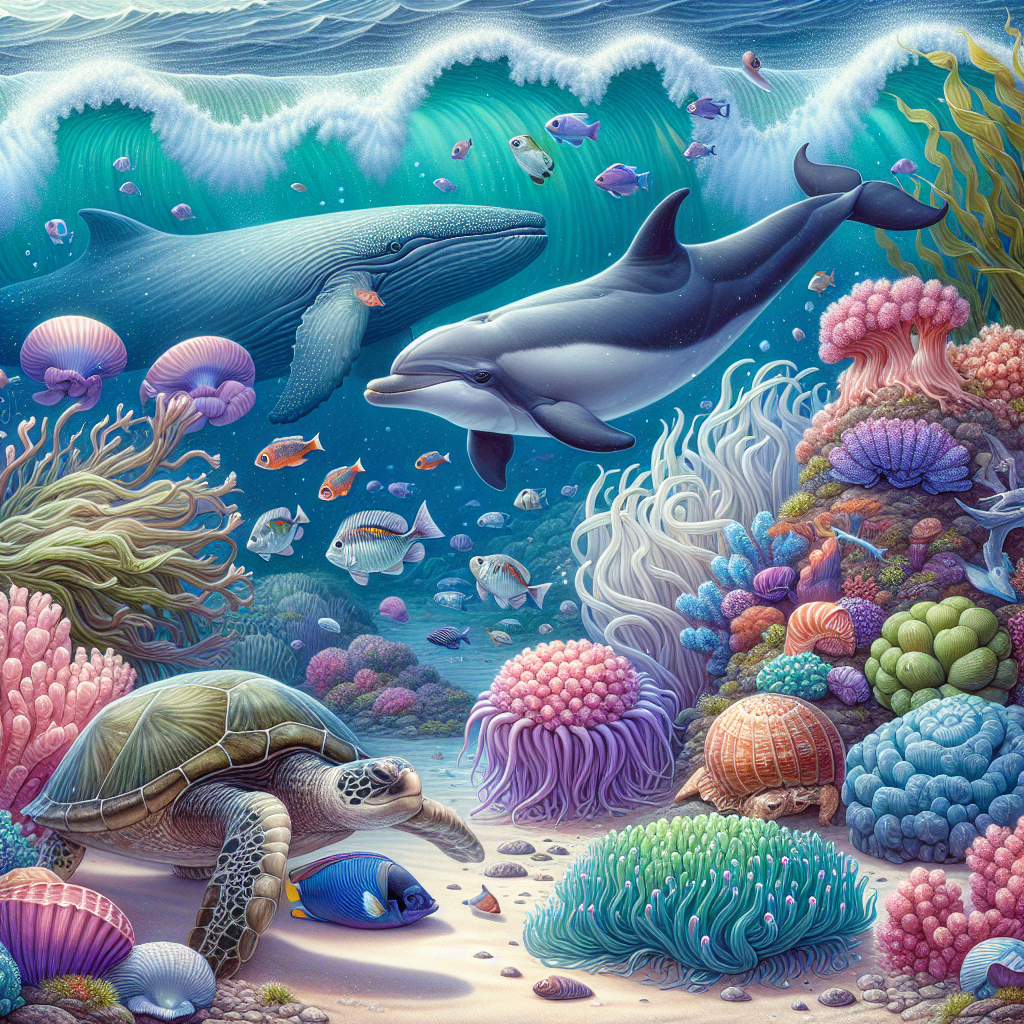Unveiling Hidden Depths: Chemosynthetic Life Discovered in Pacific Trenches
Scientists exploring deep ocean trenches have discovered thriving communities of chemosynthesis-based marine creatures in the northwest Pacific. These organisms, dominated by tube worms and clams, convert chemicals into energy. This groundbreaking discovery showcases life's resilience in extreme conditions and suggests potential for similar communities beyond Earth.

In a groundbreaking discovery, scientists diving deep into the northwest Pacific Ocean have identified thriving communities of marine creatures that rely on chemosynthesis rather than organic matter for sustenance. This discovery was made in the Kuril-Kamchatka and Aleutian trenches, revealing a vibrant ecosystem nourished by hydrogen sulfide and methane.
The exploration, conducted aboard the Fendouzhe submersible, unveiled tube worms and clams that flourish in the hadal zone. These deep-sea creatures live beyond the reach of sunlight, in depths exceeding the height of Mount Everest. Notably, they form a unique community, akin to a vibrant oasis in the oceanic depths.
This discovery, published in the journal Nature, extends the known depth limit for chemosynthetic communities and points to the potential existence of similar life forms in extraterrestrial oceans. The study highlights life's resilience and adaptability in extreme conditions, offering new insights into both terrestrial and potentially alien ecosystems.
(With inputs from agencies.)










